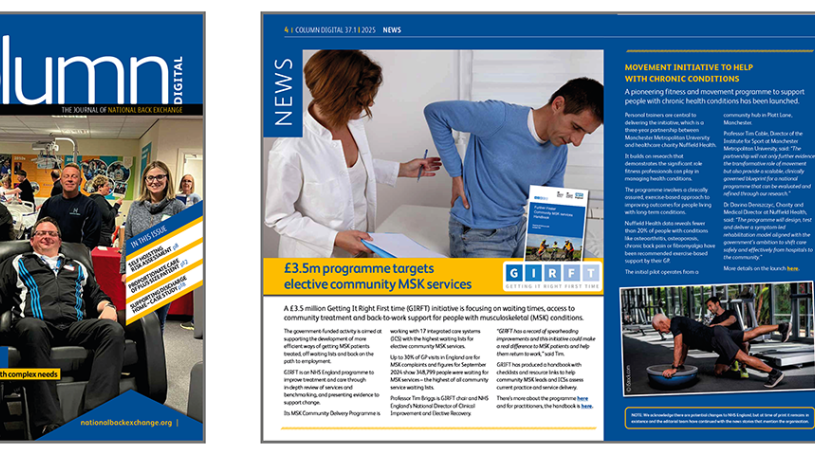To Self-Hoist or not to Self-Hoist - column digital
Should patients be supported to self-hoist?
This article discusses the risks associated with the use of hoisting equipment and the potential risks to the individual who is self-hoisting, and includes the use of a pre-screening assessment tool to guide both the patient and the equipment prescriber in ascertaining whether or not self-hoisting is appropriate.
With the growing budget pressures on local authorities and the NHS (Care Quality Commission 2023) and the reduced level of an available workforce (Singleton 2025), service users and patients are struggling with unmet needs. The Care Quality Commission (2024) highlighted in The state of health care and adult social care in England 2023/24 that individuals requiring support are not receiving the level of support required, although it did highlight a definite shift towards person-centred care. In Norfolk, we have implemented optimising care, which involves putting the patient first and supporting choices and innovative solutions. Many patients want to remain in their home but feed back their criticism of how care packages are restrictive to their daily life.
Comments include:
- I only have four care calls a day. What do I do in between care calls?
- I can’t always go to the toilet when the carers call.
- I don’t want to go to bed at 18:30 when the carer calls.
- Care calls are too restrictive to my life.
- I may have a disability, need a hoist, but I do still want to work.
- I want to be in control of my life.
- Call times are inappropriate.
As with all equipment prescriptions there are risks; for example, equipment failure, the patient dropping the hand set and also unable to reach emergency pull cords. The Health and Safety Executive (HSE) (2010) produced a safety alert, Risks to Service users known to self-hoist and transfer using ceiling track hoists, in which the HSE identified an incident involving the death of a person who was known to self-hoist with a ceiling track hoist. During the transfer, the hoist failed, the emergency lowering device also failed, and the person did not have any means to summon assistance. In this incidence, the person lived alone, and the make and model of the hoist provided was intended for use for when a carer was present and supporting with care.
In 2015, updated in 2017, a joint patient safety alert was issued by NHS England and the Medicines and Healthcare Products Regulatory Authority (MHRA), highlighting the risk of falls from hoists (NHS England 2017). A national reporting and learning system had identified 15 incidents within a four-year period where a person had come to harm through falls from hoists, including one death and three severe injuries which included hip, leg and ankle fractures, head injuries, lacerations and haematomas. The incidents reported occurred within acute hospitals, domestic homes and care homes and involved a range of lifting equipment, mobile hoists, free-standing hoists, ceiling hoists, wall-mounted hoists, bathing hoists and standing hoists. There was no evidence during this time period that these incidents involved an individual who was self-hoisting.
The full article can be accessed in our member-exclusive journal column digital.
To become a member visit: https://www.nationalbackexchange.org/become-member

